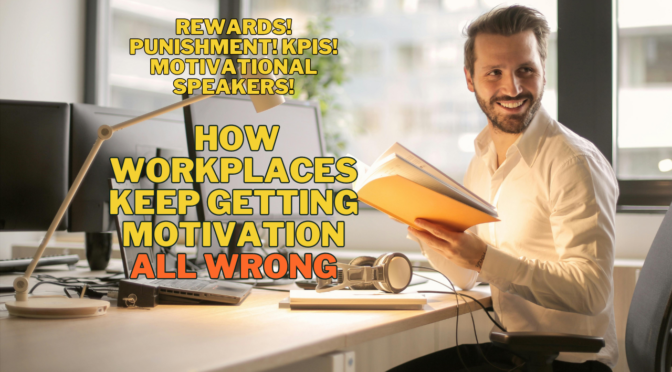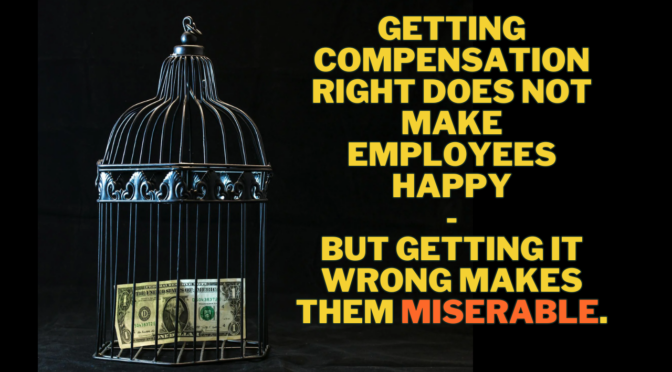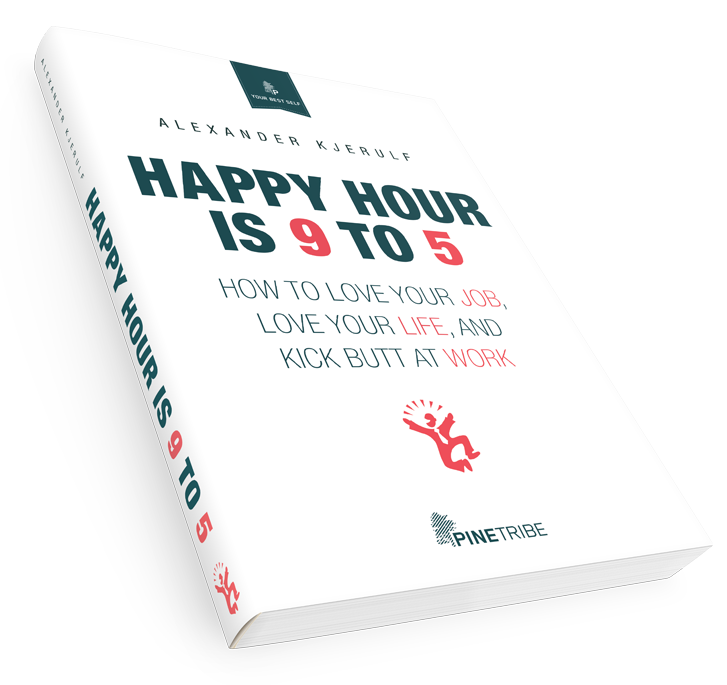About half a year ago I posted some really big questions. Questions that may too big for an answer, but which must never the less lie at the foundation of any world view. Non zero by Robert Wright (bearing the somewhat grandiose subtitle “The logic of human destiny”) is one of the most interesting books I’ve ever read, AND it tackles two of those questions in a thorough and readable way.
The question it examines is this: Is the evolution we see all around inevitable or just a random development?
The book is in three parts, with part one examining the evolution of human culture. Is it safe to say, that humankind has evolved in the direction of higher complexity? Clearly, Wright finds this notion obvious, but he still presents many detailed arguments for why this is so.
Good reasons are necessary, because it’s long been unacceptable in academia to argue that one culture or society is better or more highly developed than any other. This is mostly beacause similar arguments were abused by fascism and imperialism (among other -isms) to argue that it’s OK for an advanced culture to conquer a less advanced one.
Wright patiently and elaborately (and wittily) argues his case, and left no doubt in my mind that there’s been an overall continued development towards cultures of higher complexity throughout most of human history. And what’s more, societies are getting better. We may not believe that we have the perfect society today, but when we conquer other nations, we at least don’t cut of the enemy soldiers’ genitals like the ancient greeks did.
And this is cause for great hope. A common view these days seems to be, that the world is getting worse. Crime, poverty, war, global warming, pollution, technology and much more all threaten us, and make the world unsafe and unstable.
But looking back at human history, Wright argues that it is precisely these kind of influences that have driven the evolution towards higher complexity. The main factor has been non zero cooperation. This is taken from the notion of zero sum versus non zero sum games. A zero sum game is one in which I have to loose in order for you to win. Tennis and chess are zero sum games. A non zero sum game can have many winners (or many losers). Business is a non zero sum game since if we do business we can both gain.
Wright argues that “non zero sumness” can be found everywhere even in situations that look decicededly zero sum. An example is war. War is very much a zero sum game, but it sparks lot of non zero sum situations around ir. When threatened by war, a nation might choose to band together with it’s neighbours, so that they can defend themselves together. Thus these nations become closely linked in a non zero relation, creating a higher level of complexity and development. Not only war but any external threat may cause non zero sum cooperation among groups of people.
Technology is maybe the most powerful driver of human culture. Every time we gain a new technology, we gain new ways of playing non zero sum games. Wright examines some of these technologies in detail, and I found the discussion of how money as a technology has enabled many new kinds of cooperation especially interesting. Interestingly, the internet is shaping up to be the ultimate medium of non zero interaction.
The really interesting consequence here is that Wright sees hope even in the extreme pace of technological progress and in war and other external threats. Not that war is a good thing, but war inevitably sparks new non zero relations.
The second part of the book looks at the evolution of life, and once again seeks to establish that there is a constant, overall development towards life of a higher and higher complexity. One again, non zero cooperation can be seen as the driving force, and can be the explanation for many of symbiotic relations we see. Even on cellular level, it looks as if cells are actually a collective of several different life forms, who are working together for mutual gain. Non zero sumness built into every single cell of every single life form.
The third part of the book is short, and is dedicated to the question of “now that we’ve established that there IS a direction to both the development of human culture and of life itself, can we say anything about the purpose of this development?”
Wright has no answer, except to point out, that the notion that there might be a purpose can not be ruled out scientifically. It’s not a ridiculous notion.
The ideas put forth in this book are crucial for all of us and are examined in a way that is both extremely well researched and thorough AND extremely entertaining. And the conlusion is that cooperation pays. That it is better to work together than against each other. That in the end, the person or culture that understands the best how to play non zero sum games will win. And that is a message of great hope. I can’t recommend this book highly enough!!
Interestingly, another book, The fifth miracle by Paul Davies, also examines evolution and arrives at the conclusion that there is no fixed direction to evolution. The issue is till very much open, and I recognize that it’s completely a matter of belief when I say that I’m with Robert Wright on this one. It feels to me as if the world is developing towards a higher level of complexity and beauty.





